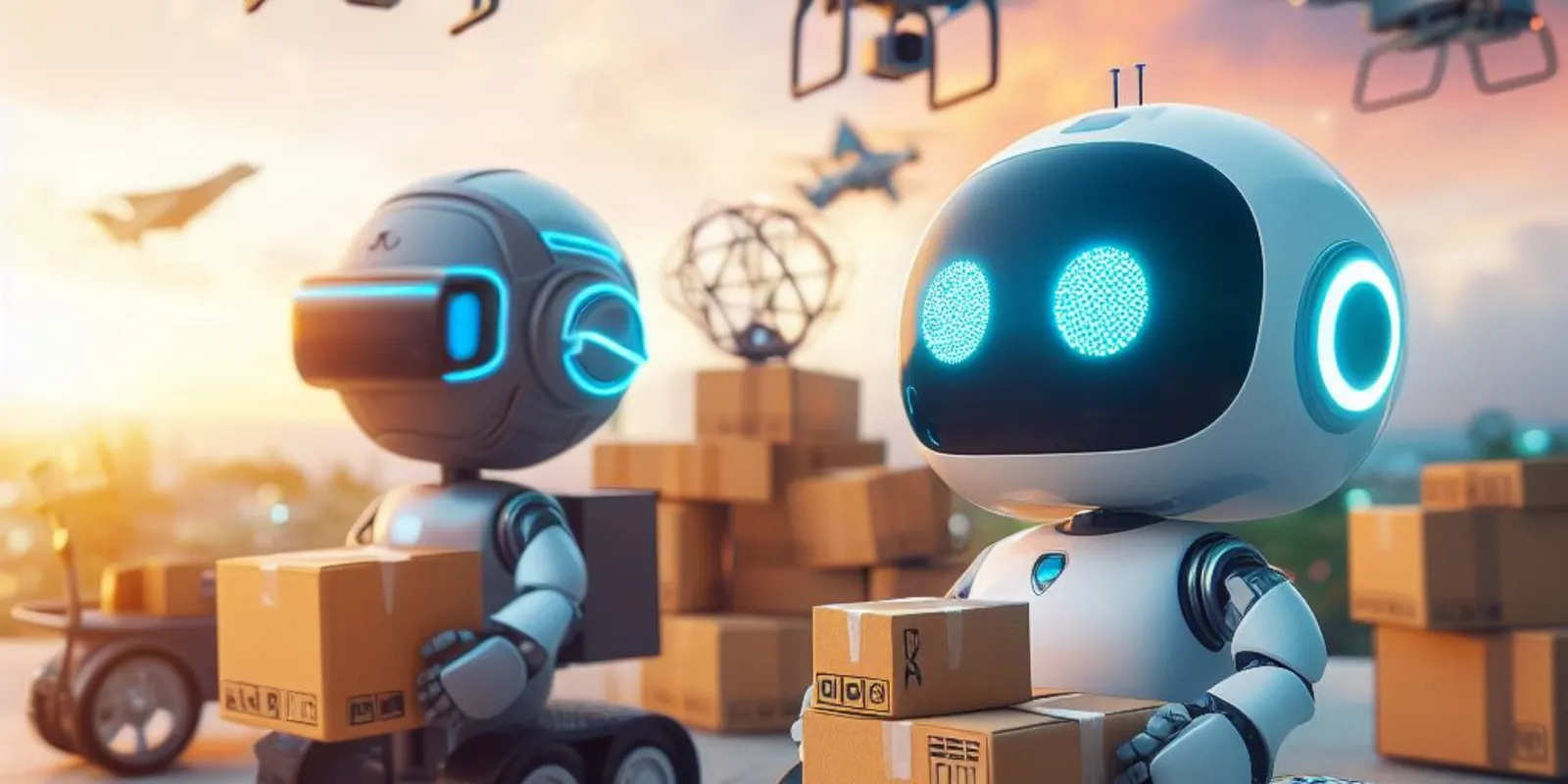
From Drones to Bots: The New Faces of Global Delivery Services

In the digital age, where immediacy is often expected and sometimes demanded, the traditional methods of package delivery seem almost archaic. Enter the era of drones and bots, technologies heralding a transformative phase for global delivery services.
Drones: Taking Deliveries to the Skies
Once a tool reserved for cinematography and military applications, drones are now promising faster delivery times by air. Companies like Amazon have been testing drone delivery services, aiming to deliver packages to customers in 30 minutes or less. These flying machines bypass traditional road obstacles and traffic, making them a potent solution for urban and remote deliveries alike.
However, with aerial freedom come challenges. Air traffic management, safety concerns, and regulatory frameworks are pressing issues that need resolutions. Yet, the benefits, such as reduced carbon emissions compared to traditional vehicles, make the challenges worth tackling.
![]() Find "Delivery Drones" on Amazon
Find "Delivery Drones" on Amazon
Autonomous Bots: Last-Mile Delivery Solutions
While drones handle aerial routes, on the ground, autonomous bots are making strides. Starship Technologies, for instance, has developed an autonomous six-wheeled robot designed for urban deliveries. Such bots are energy-efficient, operate 24/7, and reduce the congestion and pollution associated with traditional delivery vehicles.
Despite the promise, these bots also have hurdles to overcome, especially around navigation, human-bot interactions, and security against theft or vandalism.
The Hybrid Approach
Some companies are exploring a combination of both technologies. For example, a drone could be used for long-distance deliveries and then transfer the package to a bot for the last-mile delivery in urban settings. This hybrid approach maximizes efficiency while also adapting to diverse environments and regulatory constraints.
Global Implications for Business and Consumers
With faster delivery times, businesses can promise and deliver almost immediate gratification to consumers. This not only elevates customer experience but also offers a competitive edge in the saturated market. From a sustainability perspective, the potential reduction in traffic congestion and pollution is monumental.
Furthermore, as these technologies become mainstream, they could revolutionize industries beyond delivery, from healthcare, with drones delivering emergency medical supplies, to agriculture, where they can be employed for crop surveillance.
Conclusion
The fusion of technology with delivery services paints an exciting future, characterized by efficiency, sustainability, and innovation. While challenges remain, the potential benefits for businesses and consumers worldwide are undeniable. In the race to redefine delivery, the finish line is a world where waiting is the exception, not the norm.







Your insights and experiences enrich our community. Dive into the discussion and share your thoughts with us below!